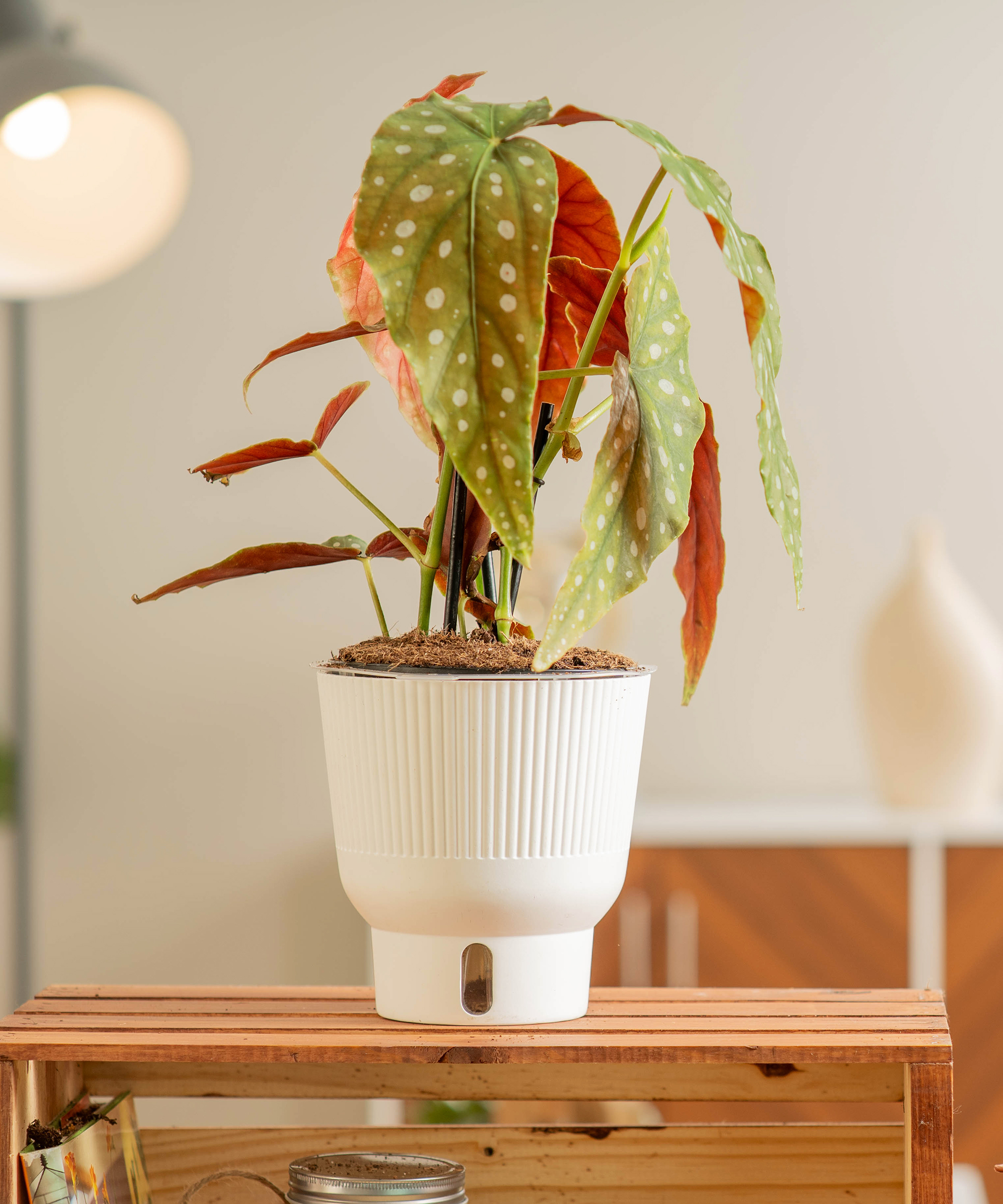5 Winter Houseplant Care Mistakes You’re Probably Making, According To A Horticulturist
Protect your plants in the depths of winter with expert advice on avoiding these common pitfalls. Keep plants healthy and vibrant until brighter days arrive.
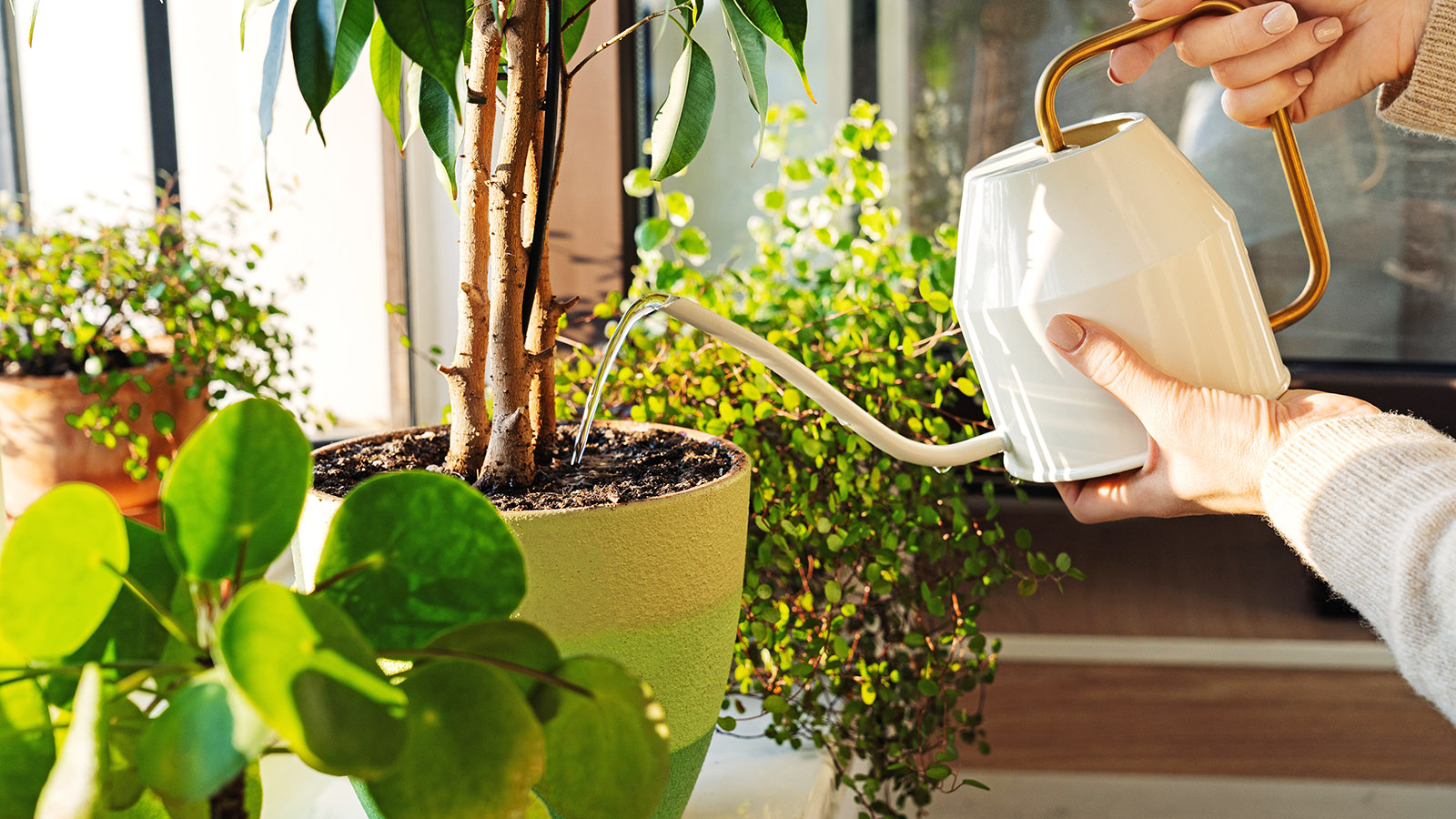

Winter can be a challenging time for houseplants. The days are shorter, the air is drier, and your usual plant care routine might just not be cutting it anymore. Even the most seasoned of indoor gardeners can unknowingly slip into bad habits that leave plants struggling. But, the good news is that most of these mistakes are easy to avoid once you know where you're going wrong.
Plant growth slows down over winter, yet good houseplant care is more vital than ever. Growers must understand how plants' needs change with the seasons, and recognize the importance of following intuitive watering regimens and monitoring the ambient light, temperature, and humidity levels.
We asked Justin Hancock, a horticulturist at Costa Farms, to explain the key mistakes indoor gardeners make over winter – and how to fix them. These aren't complicated fixes, but they can make a huge difference in keeping your plants happy and healthy until spring returns.
1. Overwatering
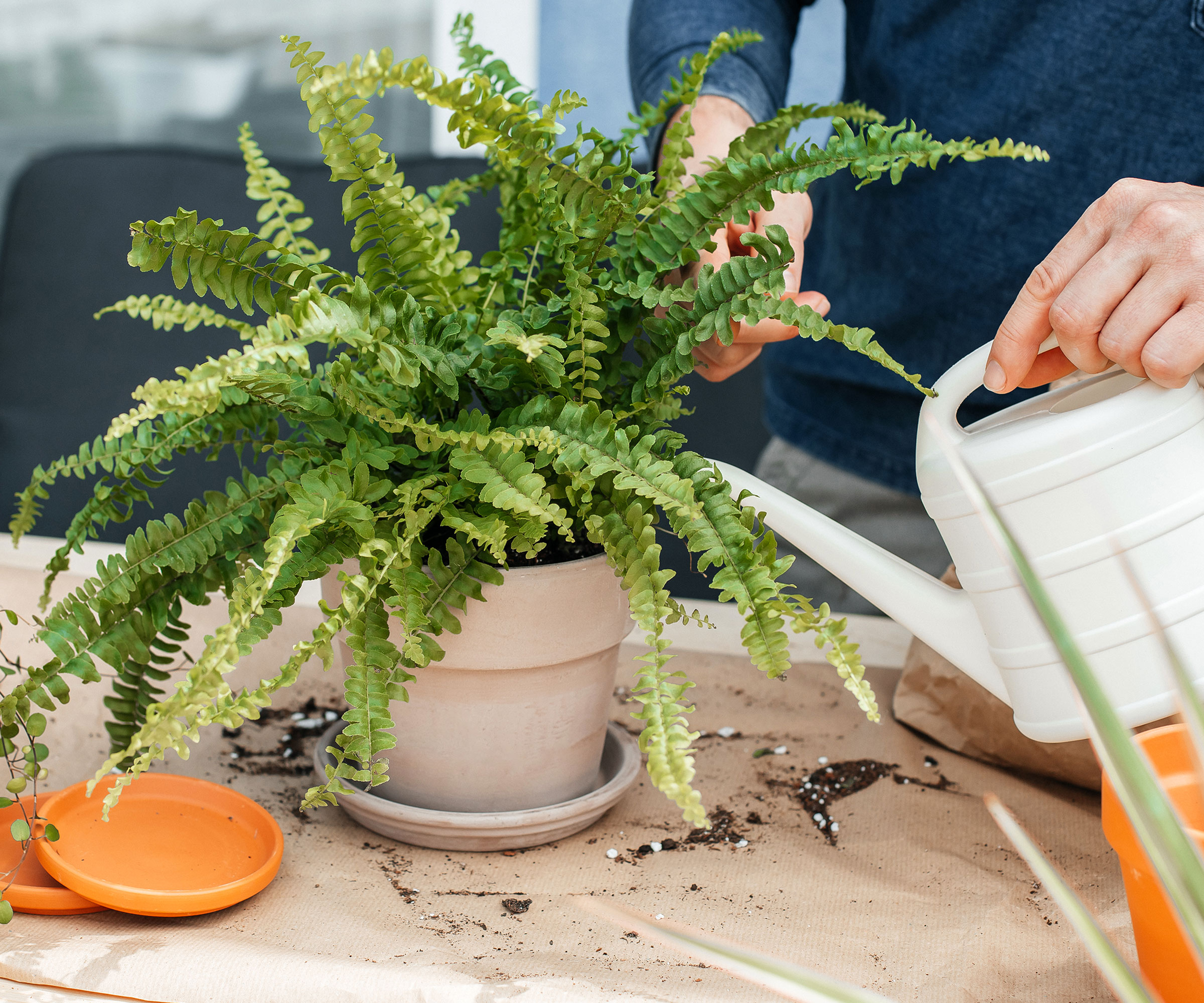
Many growers struggle with how to water houseplants over winter, failing to realize that plants' moisture needs reduce significantly in the colder seasons.
“With lower light levels due to shorter days and less intense sun, a lot of people find their plants grow a lot more slowly in winter than in summer,” says Justin. “As a general rule, the slower they grow, the less water they need.”
Rather than following a schedule, it’s best to check moisture levels regularly and only water your houseplants when the soil feels dry. The finger test is reliable – simply push your finger a couple of inches into the soil and if this top layer feels dry, then it’s time to water. If you find it difficult to gage, then invest in a moisture meter.
However, there are cases where your plants may end up needing more water in winter than in summer. "For example, in my old house, there was a big oak tree right outside my office window. I didn’t get a lot of natural light – even though it faced west – in the spring/summer. But in fall/winter when the oak lost its leaves, my plants had more light to power more growth," explains Justin.
Sign up for the Gardening Know How newsletter today and receive a free copy of our e-book "How to Grow Delicious Tomatoes".
Over and underwatering can both be eliminated through the simple act of checking the soil every couple of days.

Justin has worked at Costa Farms for over a decade, has a degree in horticultural science, and has many years of experience in garden publishing. He closely monitors plant trends, to shape the brand's product offering, and offers advice to growers through producing expert horticultural content.
2. Positioning Plants Near Heating Vents
"One of the most common winter care mistakes I come across is people situating plants near heating vents," says Justin. "Drafts of noticeably warmer or colder air than the ambient temperature can cause leaves to go yellow and drop prematurely on many houseplant species."
As well as heating vents, avoid placing houseplants next to fireplaces, radiators, and stoves. Any heating source can create hotspots detrimental to plant health.
Avoid positioning houseplants in areas close to entrance doors, where they are likely to get a blast of icy air when the door is opened, or AC vents.
3. Not Increasing Humidity
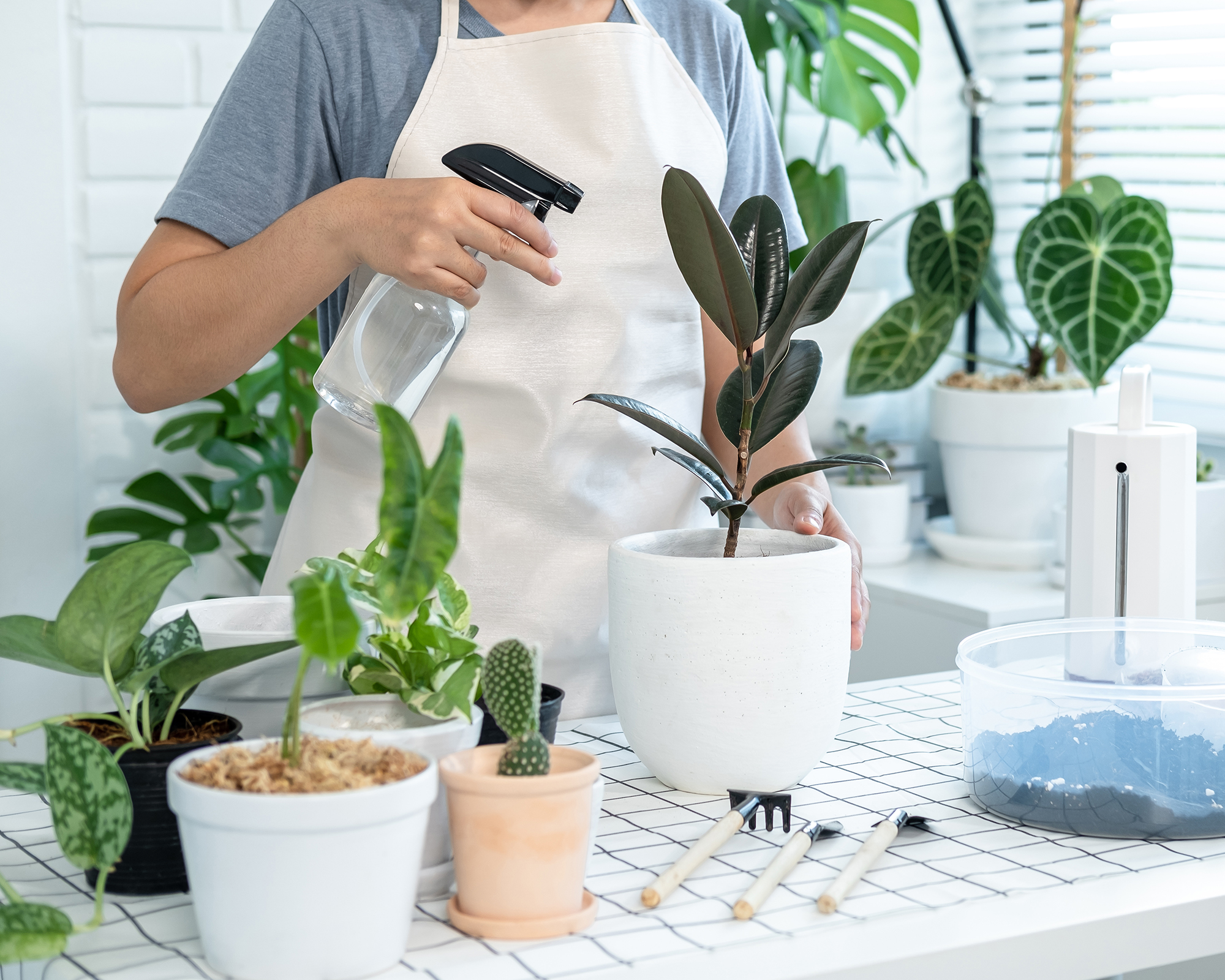
Home heating systems keep us cozy over the winter, but they can create issues for your plants by drying out the air.
"If you’re finding your skin is dry and itchy, and your lips are chapped, then your tropical houseplants are probably also stressed," says Justin. "As a general rule, if relative humidity drops below about 40%, it’s best to augment humidity for most plants."
The best way to raise humidity for houseplants is to add a humidifier to rooms with your plants, but Justin also recommends grouping houseplants together in clusters.
"Because plants release moisture as they breathe, grouping plants in tight clusters can help create pockets of higher humidity air," he explains.
"You’ll see a lot of people recommend misting houseplants with water. It’s great in theory, but unfortunately, the reality doesn’t stack up. Once the moisture evaporates from the leaves (which can happen in minutes), the humidification effect is gone. So ultimately, misting your plants is more therapeutic for you than it is them."
Another option is to use a humidity tray, filled with pebbles and water. However, the tray needs to be fairly large in order for this to be effective, and you need to keep on top of checking water levels. It's also vital that the plants are raised above the water level. Never leave plant roots sitting in water or soggy soil.
4. Not Providing Enough Light
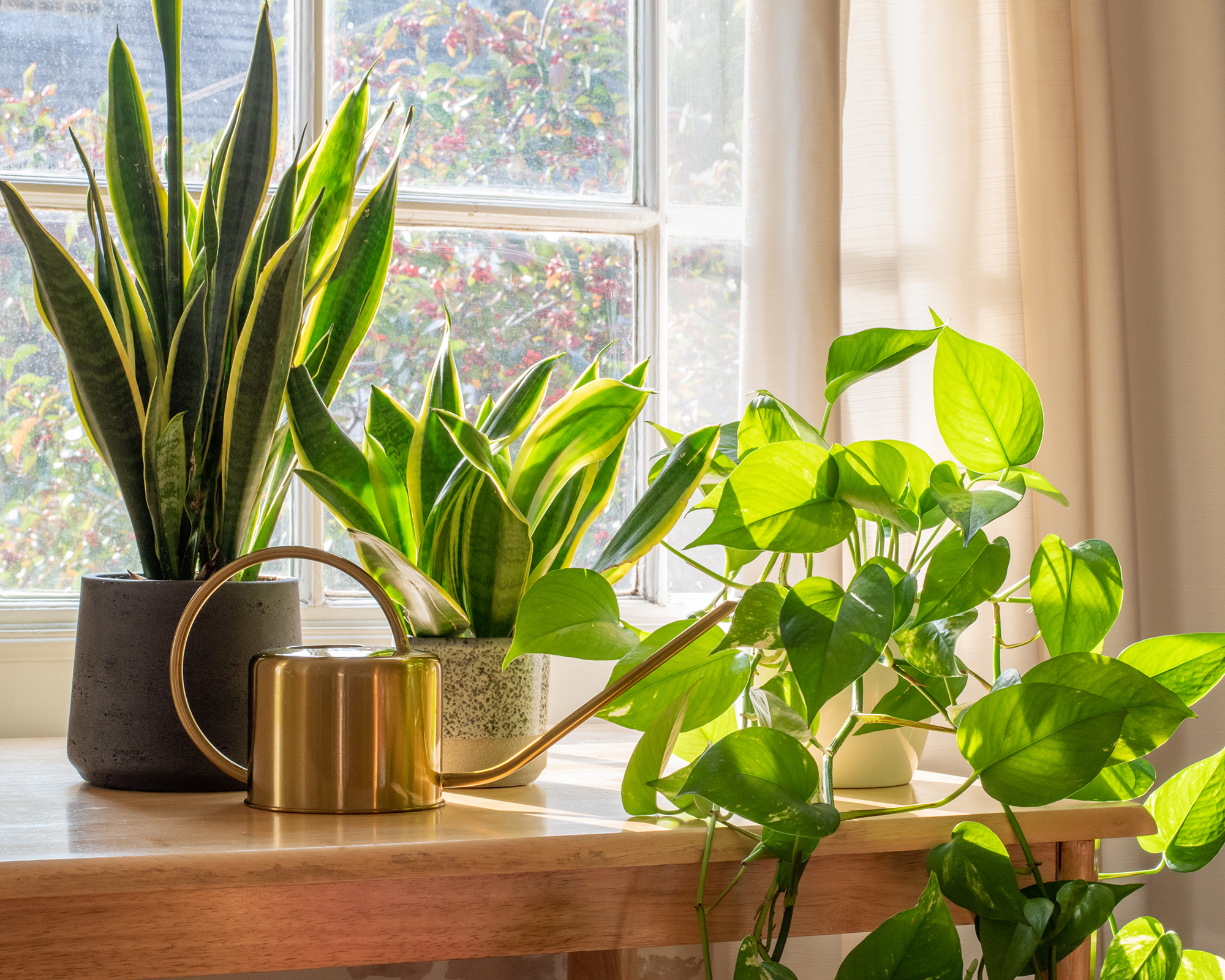
Most indoor gardeners don't realize that plants often need to be relocated to brighter spots during the dark days of winter.
"Because the intensity of light coming through the window decreases with each foot, moving your plants closer to the window, if possible, can help boost light levels," explains Justin.
"Augmenting with artificial lights – such as LED lights – can also be a great way to make up for the shorter days and decreased intensity of the sun.
"Virtually every home is dimmer than plants really want (the whole difference between tolerating and thriving), and the more light they get, the better they’ll do."
5. Not Cleaning Houseplants
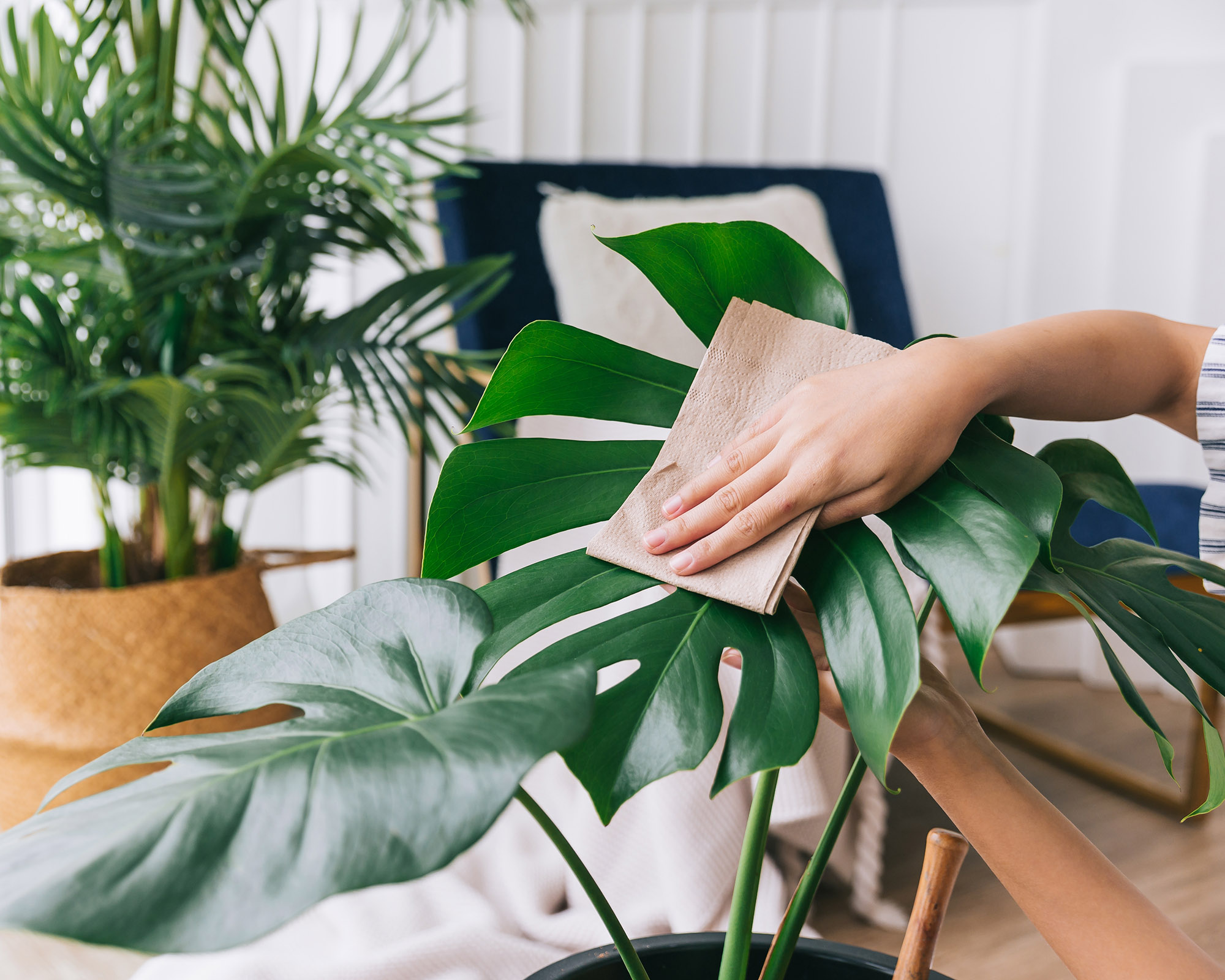
Justin believes that one of the simplest things growers can do for plant health over winter is to clean houseplant leaves.
"Getting rid of that dust layer opens them up to light and can also help dislodge any pests that may be hiding in the plant," explains Justin. "The easiest thing you can do is to regularly wipe off their leaves. Any layer of dust that accumulates on the leaf acts as a filter that blocks light."
"Even if your plant is in a high-light spot, if the dust is so thick you can write your name it in, the leaf may only be getting low light levels."
To clean your plants' leaves, mist them with water and gently wipe them with a soft cloth or duster.
More Houseplant Inspiration
- Rare houseplant expert shares 5 extraordinary, easy-care varieties to elevate your collection.
- Find out how to choose perfect houseplant combinations for every room in your home.
- Learn how to make a terrarium in a jar – and grow your own miniature ecosystem.
- Shop indoor gardening essentials in the Gardening Know How Shop – from stunning houseplants to pots and accessories.
This article features products available from third party vendors on the Gardening Know How Shop.

Melanie is an experienced gardener and has worked in homes and gardens media for over 20 years. She previously served as Editor on Period Living magazine, and worked for Homes & Gardens, Gardening Etc, Real Homes, and Homebuilding & Renovating. Melanie has spent the last few years transforming her own garden, which is constantly evolving as a work in progress. She is also a passionate organic home grower, having experimented with almost every type of vegetable at some point. In her home, Melanie tends to an extensive houseplant collection and is particularly fond of orchids.
